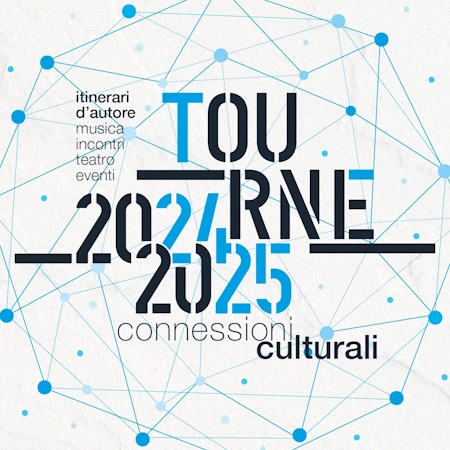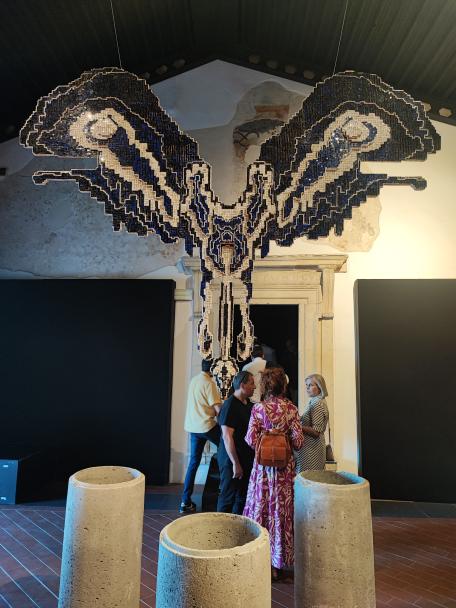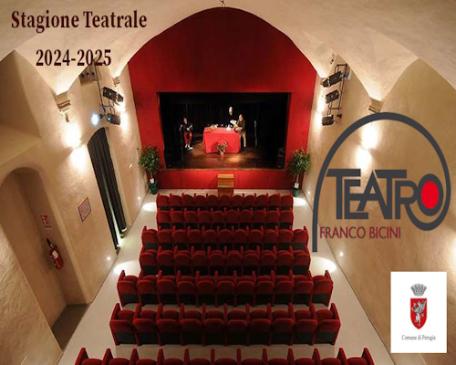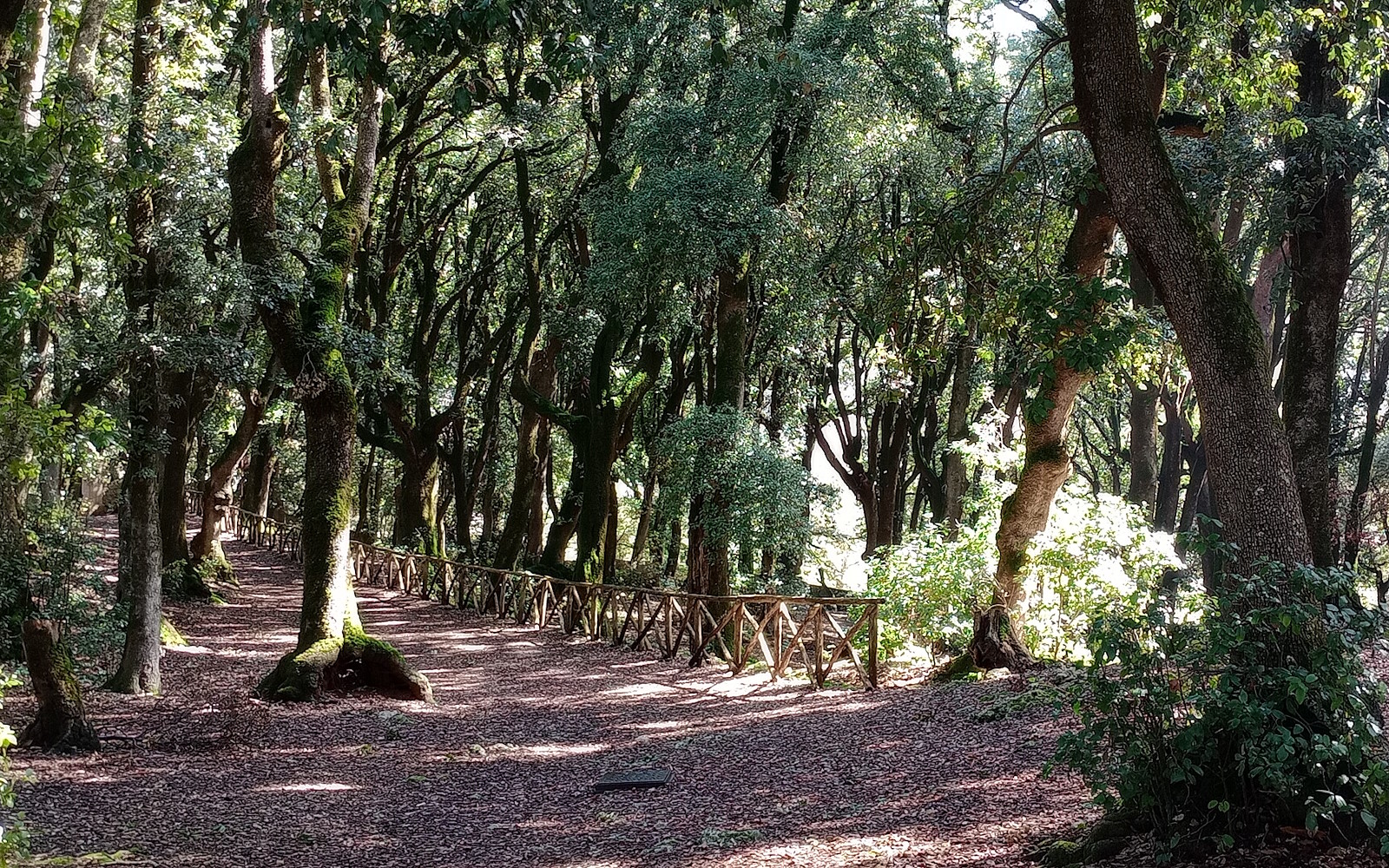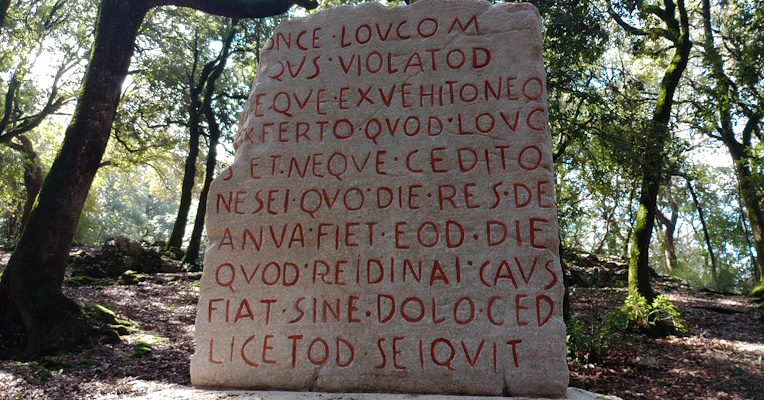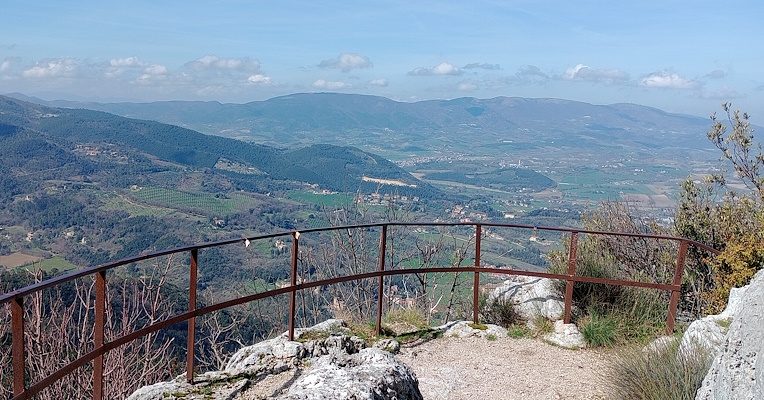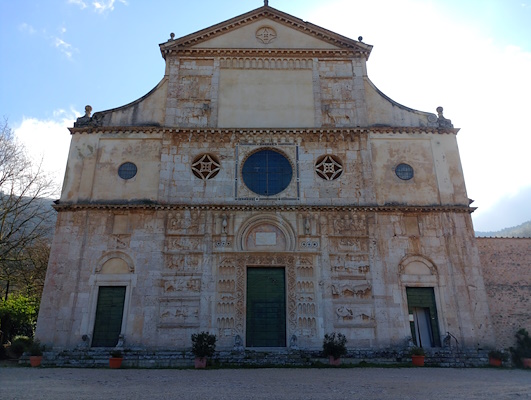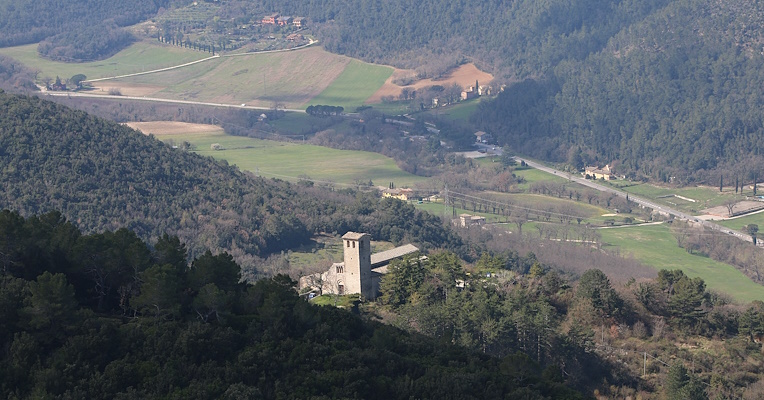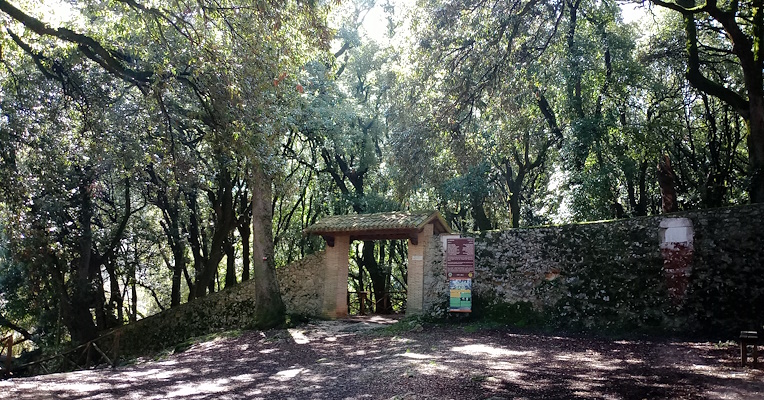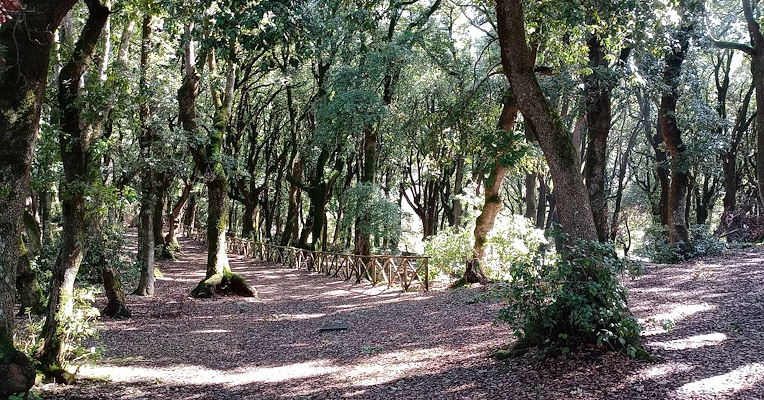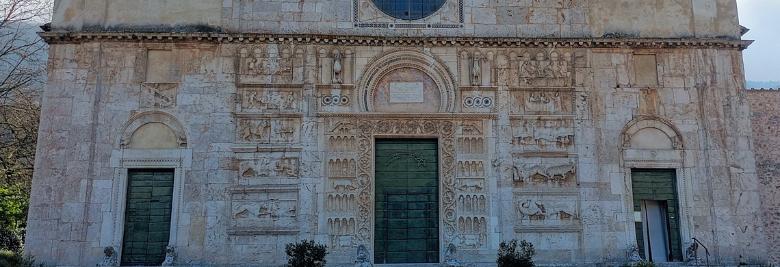Monteluco di Spoleto
The dense vegetation of the “sacred wood” covers Monteluco (830 m asl), the hill joined to the city of Spoleto by the majestic Ponte delle Torri.
“This sacred wood no one profanes...”
Near Spoleto is a place immersed in nature, full of charm and history: the Sacred Wood of Monteluco.
The origin of the name testifies to the sacredness of the place since ancient times: “lucus” is in fact the term the Romans used to call a wood sacred to the gods, protected by strict laws such as the Lex Luci Spoletina, one of the oldest and most important Roman epigraphic testimonies related to “luci”. The two limestone cippi (late 3rd - early 2nd century B.C.) on which the Lex Luci is engraved were found far from Spoleto: one in 1876 in Castel Ritaldi, and the other in 1913, in Picciche di Trevi; the originals are in the National Archaeological Museum in Spoleto.
The law forbade anyone from profaning the forest, and only on the day when the offering of an annual sacrifice was held could its trees be cut down.
With the advent of Christianity, Monteluco became an ideal place of prayer, and the Sacred Wood continued to be protected by numerous laws.
The Statute of Spoleto of 1296, which probably incorporates older prescriptions, states, for example, that cutting down the forest was forbidden except with special permission. At the end of the 16th century, the citizens of Spoleto requested the City Council to carry out a reconnaissance three times a week to guard the forest and check for any damage caused by illegal cutting or grazing.
The people of Spoleto have continued to take care of this forest over the centuries, allowing it to remain almost unchanged to this day: in 1919, Monteluco was recognised as a place of significant interest, and in 1946 the entire mountain was granted a bond to protect its precious landscape.
Recently, the value of the Sacred Wood of Monteluco was reconfirmed by its identification as a Site of Community Interest according to EEC directives.


















